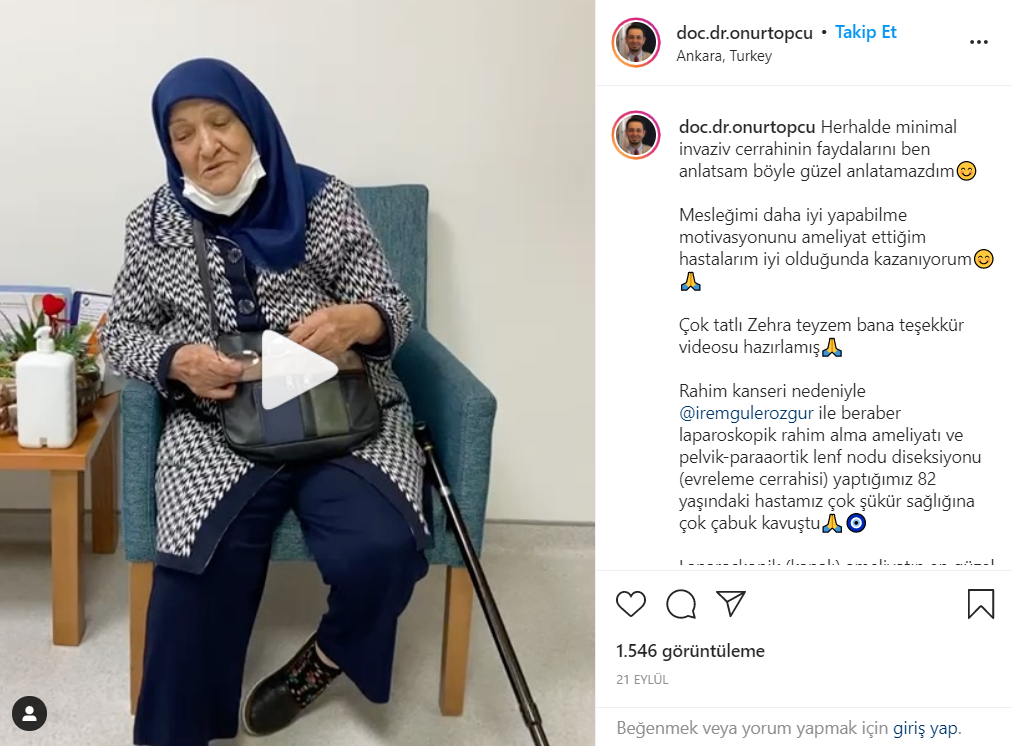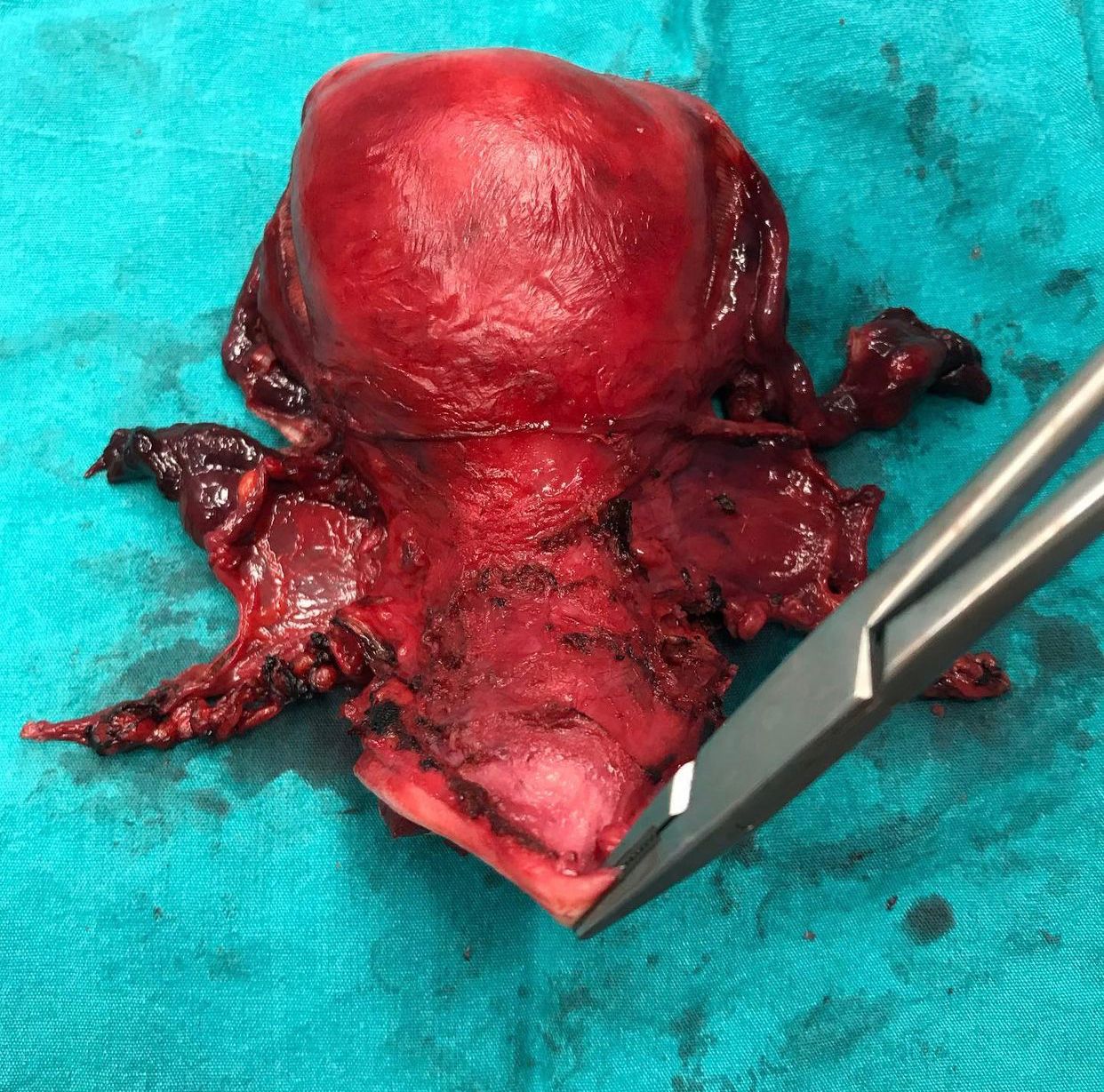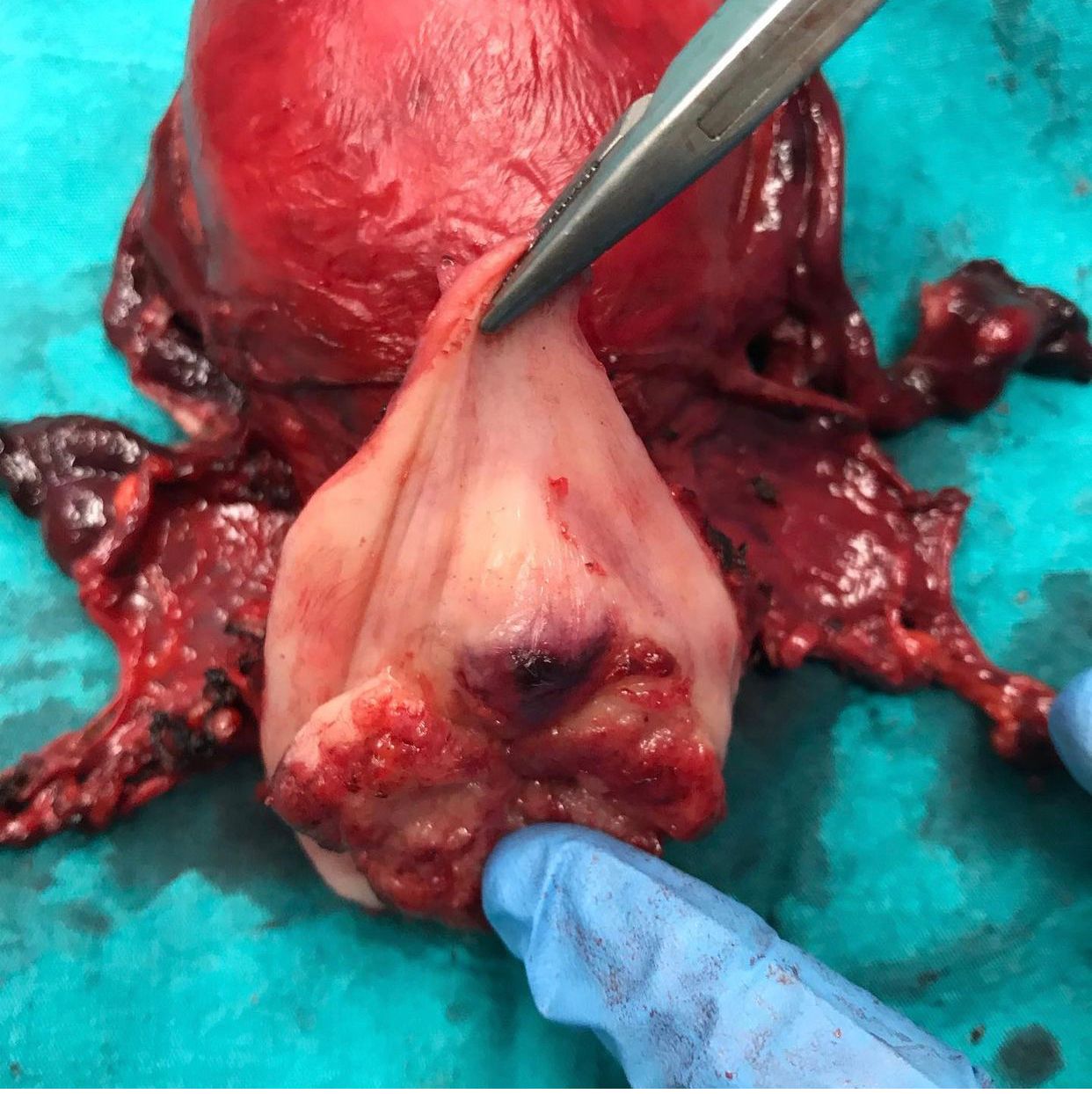 The information provided below about medical diseases is not for advertising purposes. These are articles intended to inform and promote patients. If you think you have one of the diseases listed below, we recommend that you be examined by healthcare professionals who specialize in this field for medical advice and treatment.
The information provided below about medical diseases is not for advertising purposes. These are articles intended to inform and promote patients. If you think you have one of the diseases listed below, we recommend that you be examined by healthcare professionals who specialize in this field for medical advice and treatment.
Cervical cancer has a very important place among gynecological cancers, as it is among the cancers that can be prevented by screening programs and early diagnosis and with HPV vaccine. As a physician who has been interested in gynecological surgeries throughout my career, it makes me deeply sad to see our patients with cervical cancer, which can be diagnosed early.
After the diagnosis of cervical cancer is made, I evaluate the extent of the disease through rapid examination and tests and decide whether the patient is suitable for surgery.
You can read my article about cervical cancer below.
Stay healthy.
What is Cervix Cancer?
Cervical cancer refers to the malignant disease of the cervix, that is, the neck part of the uterus (womb) that opens into the vagina. It causes the death of a woman every 2 minutes in the world. It is the 3rd cause of cancer deaths worldwide after breast and lung cancer, and it is the 2nd most common type of cancer in women under 45 years of age.
Cervical cancer is the 8th most common cancer type in Turkey. When we look at the age distribution, the incidence increases in the ages of 35-39 and 60-64.
There are two main types of cervical cancer; squamous cell carcinoma and adenocarcinoma. Squamous cell carcinoma usually arises from cells on the outer surface of the cervix. Adenocarcinoma, on the other hand, originates from the cells in the canal of the cervix, which makes it difficult to diagnose with routine screening methods.
Risk Factors for Cervix Cancer
Human papillomavirus (HPV)
Cigarette
Starting sexual intercourse at an early age
Multiple sexual partners
High risk male partner
History of sexually transmitted diseases
Nutrition
advanced age
multiple births
suppression of the immune system
Having a family history of cervical cancer
Infection caused by Human Papilloma Virus (HPV) appears to be the major factor in cervical cancer. This virus has been detected in almost all cases. Cervical cancer occurs as a result of long-standing, persistent high-risk HPV infection. It should not be forgotten that; HPV infection does not cause any complaints, including bleeding and discharge. Additionally, not every HPV infection progresses to cervical cancer. Approximately 15 types of HPV that can cause cervical cancer are defined as “high-risk HPV.” HPV types 16 and 18 are the two most common high-risk HPV types associated with cervical cancer in Turkey, as in many places.
Cervical cancers occur after a period of precancerous disease, which is defined as preinvasive lesions. These preinvasive lesions; They are called ASCUS, LSIL, CIN1, CIN2, CIN3, H-SIL. Not every preinvasive process progresses to cancer, and these abnormalities do not cause any complaints. High-grade preinvasive lesions carry the greatest risk. These precancerous lesions are detected incidentally during screening with cervical smear or HPV tests. The incidence of cervical cancer decreases significantly with cervical smear and HPV testing. Because early preinvasive lesions are diagnosed and necessary treatment and follow-up are carried out before they progress to cancer. In the cervical smear test, cells taken from the cervix are examined. In the presence of abnormal smear results, the cervix is examined by enlarging the cervix and applying special chemical agents with a special method called colposcopy, and a biopsy is taken when necessary.
When looking at most cervical cancer cases, it is seen that patients have never had a cervical smear before. The purpose of HPV tests is to determine whether any high-risk HPV type is present in the cervix. The likelihood of having a precancerous lesion increases in women with a positive HPV test, and these women are evaluated with colposcopy to reveal a possible precancerous condition. In summary, when a suspicion of pathology arises in screening methods (hpv test, cervical smear), examination of the tissues taken (biopsy) or biopsies taken from suspicious images of the cervix during the examination provides a definitive diagnosis. The likelihood of cervical cancer is greatly reduced in women who have regular cervical smear tests and/or HPV tests.
What are the symptoms of Cervix Cancer?
Cervical cancer may not cause any symptoms in the early stages, in which case it can only be detected through regular check-ups and screening tests. In the later stages, especially smelly discharge, pain, bleeding during or after intercourse, menstrual irregularities, and post-menopausal bleeding are frequently encountered symptoms. Pain relief, especially in very advanced cases of cervical cancer that has spread to the bladder, intestines, lungs or liver
What is Survival Like in Cervix Cancer?
The prognosis for this cancer depends on the stage of the disease. Survival rates with treatment 5 years after diagnosis are 80-90% for stage I cancer, 50-65% for stage II, 25-35% for stage III, and less than 15% for stage IV.
How to Protect from Cervix Cancer?
HPV vaccine is the most important preventive method to prevent cervical cancer. Cancer prevention is reducing the development of cancer by reducing preventable risk factors and increasing protective factors. First of all, it is very important to undergo regular gynecological examination, which uses screening methods that provide early diagnosis (hpv test, cervical smear). In addition, measures that reduce the risk of developing cervical cancer, such as monogamy, condom use, and non-smoking, have an important place in protection.
You can follow one of our patients expressing their comments on Instagram with the link below.

Sağlıkla kalın..
Doç. Dr. H. Onur Topçu
Kadın Hastalıkları & Doğum-Tüp Bebek ve İleri Derece Jinekolojik Endoskopi Uzmanı
PATIENT COMMENTS
Onur teacher was very supportive and encouraging at every stage of the process, from the very beginning to after the surgery. He informed us in the best and most accurate way by explaining all the details of the process completely and clearly. I would like to thank my teacher Onur very much and definitely recommend him to those who are looking for a doctor in this field.
Arz*** A***
2019 yılında rahim ağzı kanseri nedeniyle Onur Beyle ameliyatının tamamladık. Kendisi bir doktorun yanısıra arkadaş gibidir. Şu an sağlığımla ilgili hiçbir problem yaşamıyorum.Kendisine ilgisine ve bilgisine saygılarımı sunuyorum.
iz..tul



